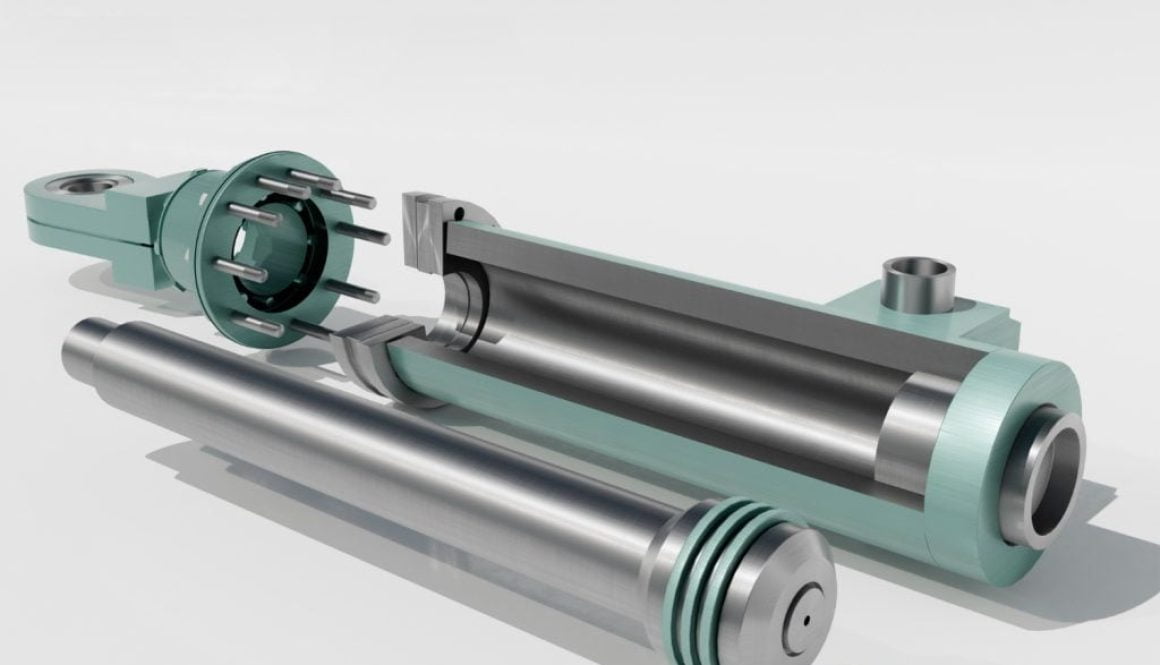Electromechanical Cylinders – Trendsetter in Factory Automation
Factory automation is an ongoing process and, in this regard, electromechanical cylinders (EMCs) are one of the hidden gems. They can perform multiple functions, such as positioning, swiveling, lifting, pressing etc. EMCs convert motor torque directly into movement, they are particularly energy efficient and play an important role in climate protection. EMCs also offer great versatility and allow standardization, finely regulated processes, and resource-saving in factory operations. So, what are the applications of EMCs which make them proven standard components and indispensable for factory automation? This blog will deep dive into this interesting topic and will look to provide further insights.
Increasing Standardization Potential

Sustainable manufacturing, stable processes, long service lives and great potential for standardization – these properties speak in favor of using electromechanical actuators as widely as possible. Thanks to ongoing development, applications now include pneumatic and fluid-driven solutions. If additional complex solutions are replaced, this reduces not only complexity but also overall costs. Compared to compressed air, electromechanical systems can be better controlled for accuracy. The target sectors are equally broad and include semiconductor production, fast-moving consumer goods (FMCG) and battery manufacturing.
Process Quality and Service Life
![]()
Quality control and management is essential to factory automation and one of the keys to the EMC’s efficiency lies hidden beneath its housing: the ball screw drive. In addition to the typical ball screw assembly for forces from 0.1 to about 30 kN, planetary screw drives are also used for heavy-duty applications. The ball circulation screw for pressure vessels is the driving force for EMCs as it allows not only high load capacities but also particularly long lubrication intervals. The latest product generation achieves up to 200 million revolutions with the basic factory lubrication and this creates optimum conditions for minimizing operating costs and damage to the environment.
Next Level Engineering and Automation

There are multiple cylinder configurations, but new digital engineering tools now allow even inexperienced users to plan, detail and optimize their machine and system parts. This accelerates user speed and flexibility in the face of increasing time and cost pressures. With a level of user-friendliness previously offered only by modern B2C (business to consumer) portals, these tools provide a glimpse into the future of online sales of complex industrial goods. The easy-to-use online tool shows the entire process on a single HTML page, including selection, ordering, and design and functionality characteristics. This enables engineering work to take minutes instead of hours.
Electromechanical cylinders that are configured with a motor can automatically parameterize themselves, like in the case of heat induction bending services. The necessary data for the drive controller is stored in the motor data memory at the factory and is loaded immediately after connection. There are Industry 4.0 processes, such as highly integrated and flexible subsystems for pressing and joining tasks, like the Smart Function Kit for Pressing. Quality monitoring and exchanging data for documenting processes can also be set up easily.
Conclusion

Due to their simple design, electromechanical cylinders have a lot to offer in factory automation. New digital engineering tools and convenient selectors along with ongoing improvements to the service life reduce overall costs, while intelligent subsystems pave the way to an automated Factory of the Future. EMC solutions with a high level of flexibility and integration allow for more efficiency during implementation and, when it comes to selecting a provider, it is worth reviewing the entire portfolio. Thus, it can be deduced that manufacturers that offer a broad, freely configurable range from a single source have an advantage in terms of future requirements such as climate protection, the shortage of skilled workers and flexible manufacturing.

